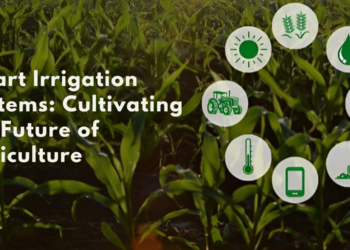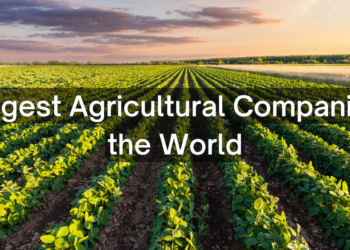Aquaculture, also known as aquafarming, is the controlled cultivation (“farming”) of aquatic organisms such as fish, crustaceans, mollusks, algae, and other organisms of value such as aquatic plants. Aquaculture involves cultivating freshwater, brackish water, and saltwater populations under controlled or semi-natural conditions, and can be contrasted with commercial fishing, which is the harvesting of wild fish
- aquaculture is breeding, raising, and harvesting fish, shellfish, and aquatic plants.
- It’s farming in water. U.S. aquaculture is an environmentally responsible source of food and commercial products
- It helps to create healthier habitats and is used to rebuild stocks of threatened or endangered species.
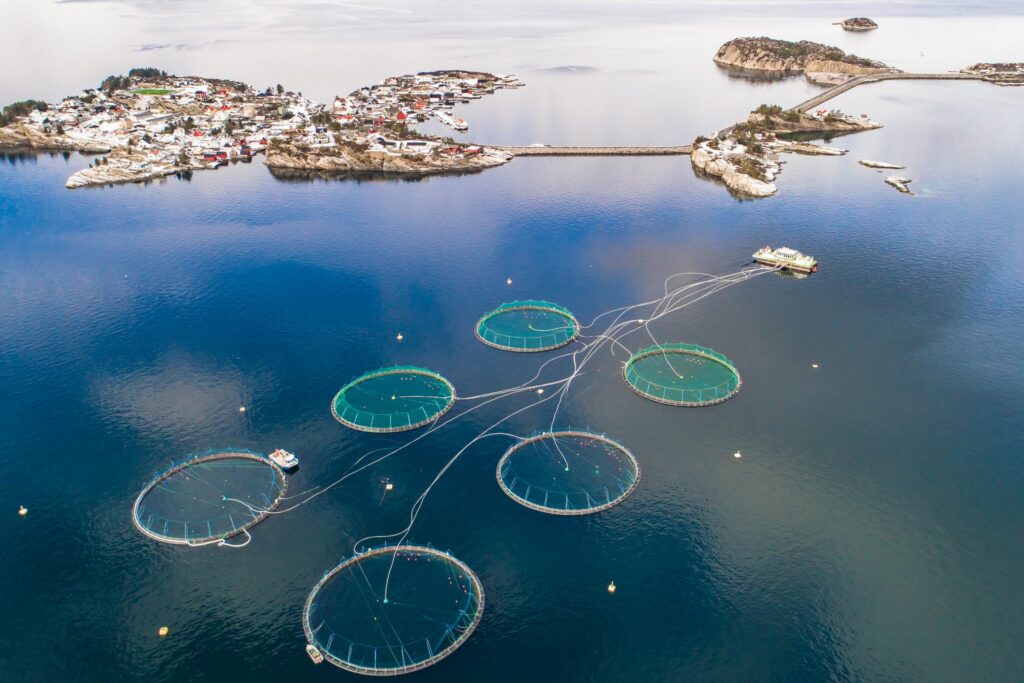
1. It’s Not Just for Fish
Many aquaculture producers in the United States don’t raise fish, despite the industry’s popular image of fish farming. Oysters were the most commercially valuable domestic farmed marine species in recent years. In 2017, oyster farmers harvested 36 million pounds valued at $186 million. And clams ranked number two in production value from 2012–2017. Other top U.S. marine aquaculture products include mussels, shrimps, and salmon.
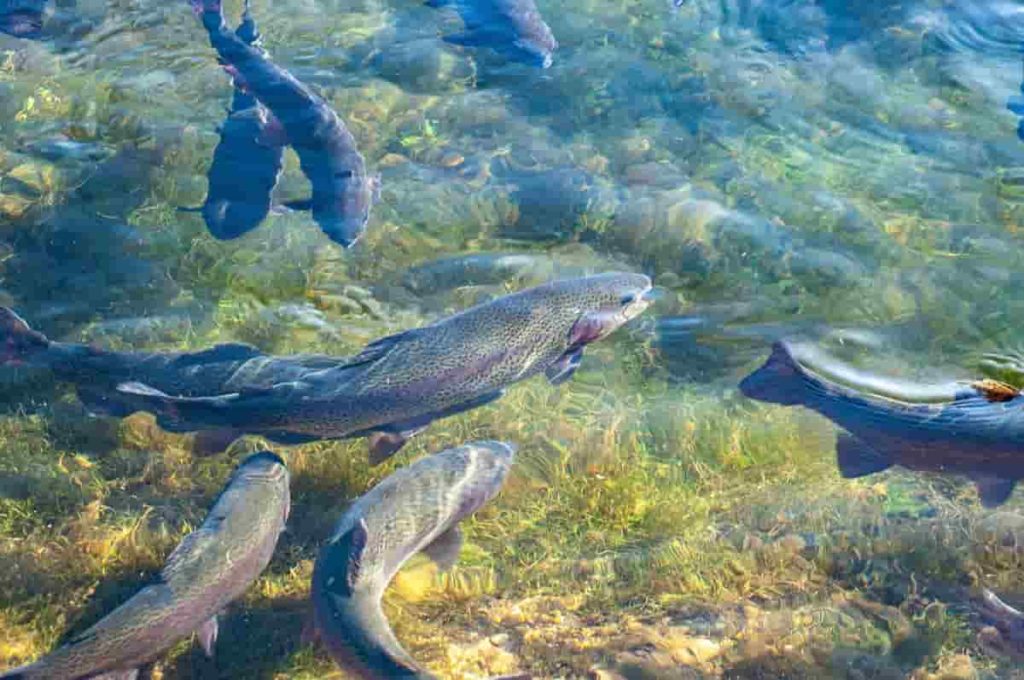
In recent years, a growing number of entrepreneurs are also turning to kelp to supply sustainable seafood and coastal jobs.
2. Farmed Seafood is Rich in Omega-3s
The U.S. Dietary Guidelines recommend eating at least two 4-ounce servings of seafood a week. That’s in part because seafood—farmed or wild-caught—is the only natural source of two long-chain omega-3 fatty acids that promote heart and brain health. Research suggests that these essential fatty acids, known as EPA and DHA, may also reduce the risk of Alzheimer’s and rheumatoid arthritis and aid in the development of muscle tissues.
The level of omega-3 fatty acids in fish largely depends on what that fish ate while alive. Different species have different levels. Two servings of the same wild-caught species might also have different omega-3 content depending on where the fish lived and when it was caught.
Feed is the biggest contributor to a fish’s omega-3 content for farmed fish. And many farmers work to match or even exceed the levels found in wild species.
3. More than Half of the World’s Seafood Comes from Aquaculture
Aquaculture is one of the fastest-growing forms of food production. Global marine and freshwater aquaculture production rose by 527 percent between 1990 and 2018 according to the United Nations Food and Agriculture Organization.
Although most of that production happens outside the United States, farmed products still make up a large portion of America’s seafood diet. We import more than 85 percent of our seafood, and half of that is from aquaculture. In contrast, U.S. marine and freshwater aquaculture account for only a small portion of our domestic seafood supply.
4. U.S. Marine Aquaculture Operates Under Comprehensive Environmental Regulations
As with many forms of production and development in the United States, marine aquaculture is regulated by a suite of regulations to protect the environment. These include the Clean Water Act, Endangered Species Act, and Marine Mammal Protection Act, among others.
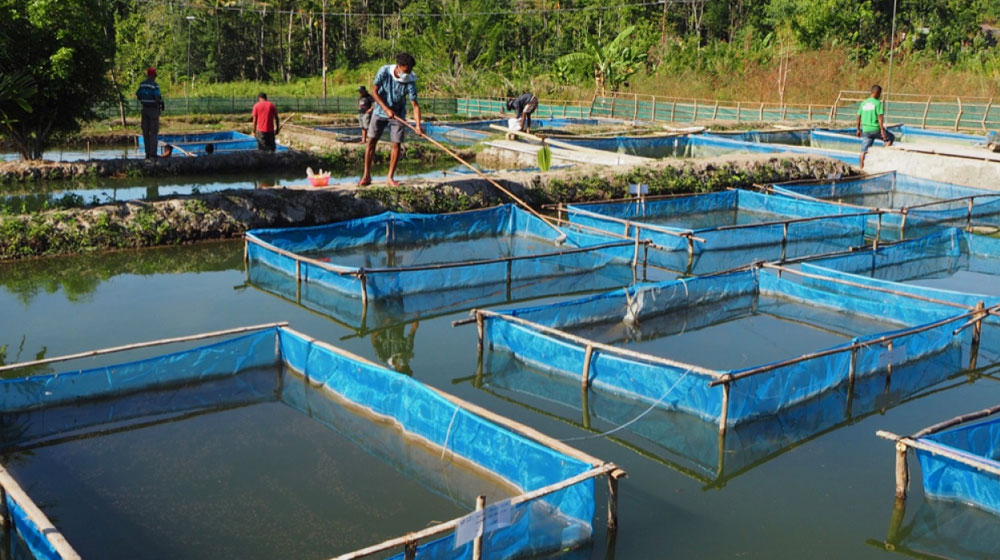
All aquaculture operations in U.S. marine waters must meet the requirements of these regulations. Farms operating or planning to operate in state waters must also comply with the laws and regulations of that state.
NOAA Fisheries works closely with other government agencies and coastal managers to improve the efficiency and predictability of permits for marine aquaculture. We do this while also meeting our marine stewardship mission.
5. Antibiotic Use is Limited and Strictly Regulated in the United States
Treating disease with medicine can be necessary when raising animals. But aquaculture drug use is also strictly regulated by the Food and Drug Administration, and the use of antibiotics for anything other than treating disease is against the law.
Antibiotics are considered a method of last resort for controlling bacterial diseases. Farmers instead rely mostly on responsible best management practices—like proper siting, limited density, and high-quality diets—probiotics, and vaccines as preventative measures to raise healthy fish.
6. U.S. Aquaculture Supports Coastal Economies
The United States has a small but vibrant aquaculture industry supported by world-class research and technology. Nationwide production was valued at $1.5 billion in 2017. As aquaculture grows in the United States, the industry continues to create jobs, foster resilient coastal communities, and provide new international trade opportunities.
Aquaculture also has the potential to provide significant economic opportunities for Americans as the domestic and global demand for seafood grows. Aquaculture accounts for just 21 percent of the value of domestic fishery landings, and the country ranks 17th in global aquaculture production. Increasing production responsibly could result in tens of thousands of jobs in coastal communities.
7. Aquaculture Is Vital to Restoration Efforts
Natural resource managers and scientists rely on hatcheries to rebuild wild populations and restore coastal habitats. The practice is called restoration—or restorative—aquaculture, and it involves cultivating marine plants and animals to one day transplant them into the wild.
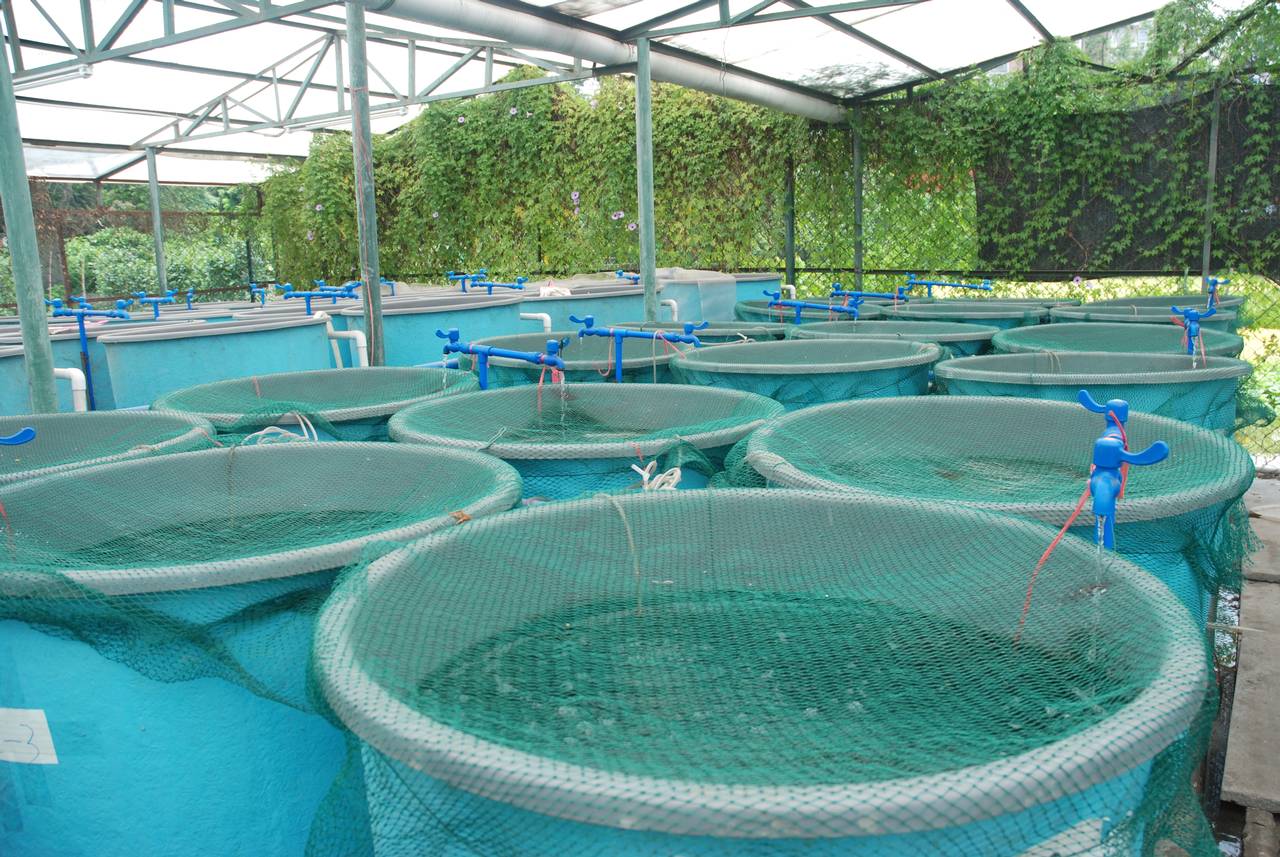
For example, in November 2019, scientists completed the first release of white abalone grown in captivity in southern California. The release was an important step towards bringing endangered white abalone back from the brink of extinction. Restorative aquaculture is also being used to rebuild populations of salmon and trout in the Columbia and Snake River system.
8. Sustainable Aquaculture Strengthens Ecosystems
The benefits of sustainable marine aquaculture—as we have in the United States—go beyond food production. Oyster farms, for instance, provide valuable habitats for juvenile fish and invertebrate communities. They transform the flat, featureless bottoms of some areas into complex habitats that attract species seeking food and refuge.
Shellfish aquaculture can also improve water quality. Oysters, clams, and other shellfish eat by filtering nutrients from the water. They remove excess nitrogen from ecosystems, helping to prevent an overgrowth of algae that can lead to dead zones.


